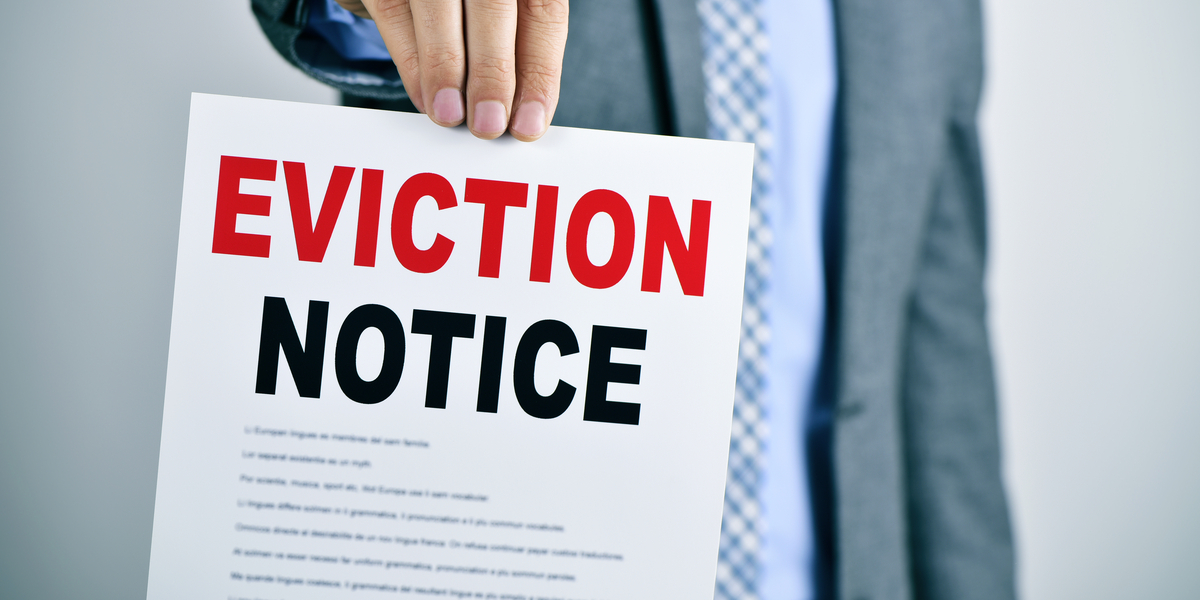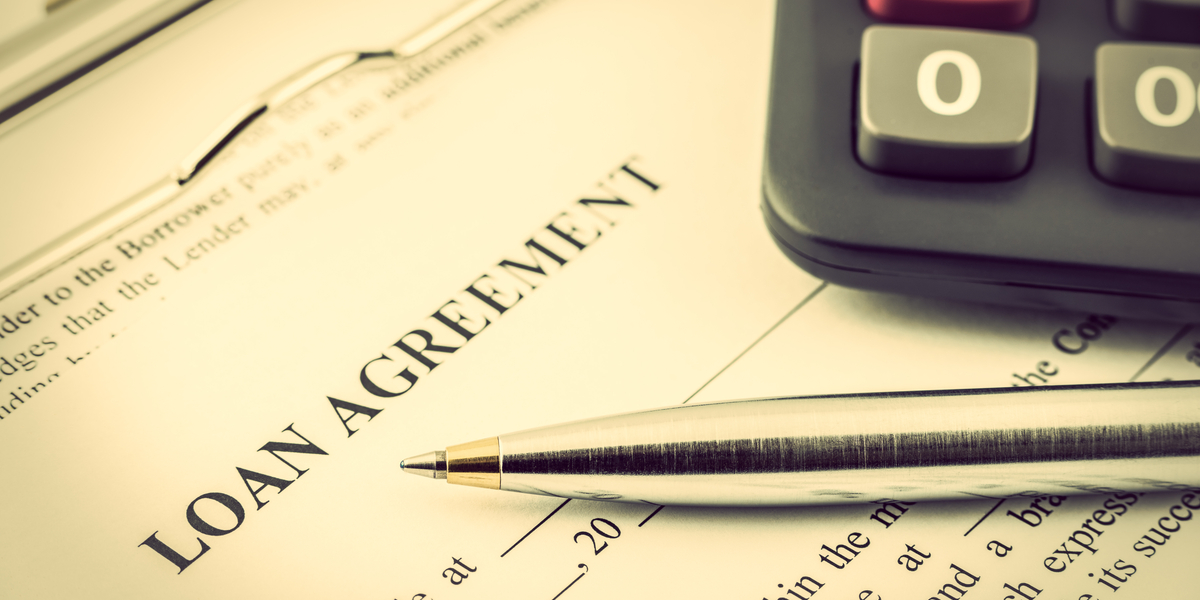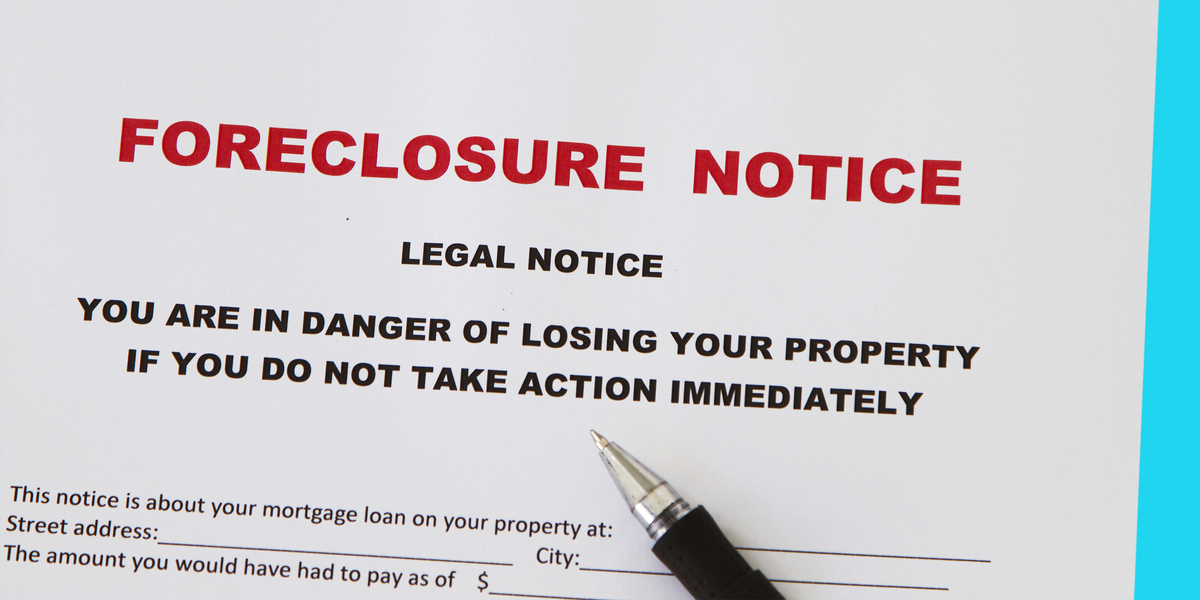Writing An Eviction Hardship Letter Casual
If you are experiencing financial hardship, it is possible that you are unable to pay your rent. In an ideal situation, you will have written a hardship letter to your landlord long before you started to face eviction. However, there may be situations where that was not possible, and you are now in fear of that notice from your landlord. Meanwhile, if you rent from a private landlord, it is likely that you have some sort of personal, perhaps even amicable, relationship with him or her. Hence, you may be able to write a casual eviction hardship letter.
Basics of Writing the Casual Eviction Hardship Letter
Although you will be writing this letter in a less formal style, it does not mean that you can write it on a napkin and not pay attention to what you say. Rather, it means that you can put a little bit more feeling into what you want to write. Hence, it should still be written neatly, on proper paper, and in such a way that it isn’t filled with spelling and grammar errors. You might want to consider writing the letter by hand, rather than on a computer, but you then really have to be confident about your spelling.
What to Say in the Hardship Letter
In the letter, start by expressing your apology for being unable to pay your rent. If you are facing eviction, you must have had several arrears in your payments, which means you have not been a good tenant. You must own up to this in your letter. Explain that you know your landlord has already been generous and that he or she has shown a great deal of understanding but you are currently undergoing a certain situation (describe this). Make it very clear that you are genuinely thankful for being understanding and that you do not wish to take advantage of the landlord’s kindness.
Next, request your landlord not to push through with the eviction. Point out that you really understand how serious the situation is, and that you understand the position of the landlord in serving the eviction notice. Indicate when you expect to have the money for the rent or your proposed schedule for paying your arrears if you plan to pay in installments. Do also offer something else as a goodwill gesture. For instance, you may want to invest in a certain repair project yourself or landscape the garden at your expense.
If your financial situation is now under control, indicate that in your letter and that you plan to pay all future rents promptly. On the other hand, if your situation has not yet stabilized, explain what you are doing to remedy the situation and your proposed schedule for paying the balance. You must demonstrate that the rent payments are now a priority for you. For instance, you could provide evidence of setting up a standing order with your bank, so that the landlord can see that the rent will take precedence over any other bill that comes out of your account. End your letter by once again thanking the landlord for his or her kind consideration.
For more sample hardship letters, click here.
Eviction Hardship Letter Casual Example
{Your Name}
{Your Address}
{Your Phone #}
{Date}
Dear {landlord}:
I am so incredibly sorry for being late with the rent again. I know that it was due on {date} and it is now {date}. You have been so generous and understanding in the past as I wrestled with {situation}, and I don’t want to take advantage of your kindness.
Please don’t proceed with the eviction. I definitely got the message when I saw your {letter/notice on the door}. I have the rent money and will {bring/mail} it to you immediately. Additionally, as a show of good faith, I hope you will allow me to {gesture such as upkeep of yard or repair projects}.
I promise you that I now have {situation} under control and will make prompt payment of the rent my top priority from here on out.
Appreciatively,
{Sender Name}




